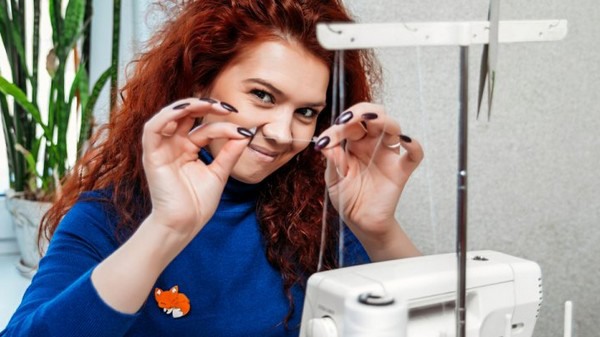What agricultural waste can we use as fibres for the fashion industry? It turns out there are quite a few. For example, rice straw or banana stems will soon be found in clothing. By using these raw materials, the textile industry can become more sustainable.
"The textile industry needs more sustainable and renewable raw materials to reduce its current, negative impact on the climate," said
Paulien Harmsen, Wageningen University & Research.
Today, 60% of all clothing is still made from fibers derived from fossil fuels. That needs to change. The Laudes Foundation asked Wageningen University & Research (together with the Institute for Sustainable Communities and the World Resources Institute) to research an alternative.

They looked at whether there are useful residual streams (waste) in agriculture in South and Southeast Asia that can be used to produce natural fibers. They also looked at the technology needed to do this.
The research shows that there are definitely possibilities. For example, waste streams from rice, maize, bananas, pineapples, and sugar cane can be used as raw materials for clothing fibers.
"This research provides a promising glimpse into the first steps towards sustainable textiles," Paulien added.
The key is to work together. In the research report “Spinning Future Threads”, the researchers have therefore included a roadmap for cooperation and innovation in the fashion and food industries.
 For more information:
For more information:
Wageningen University & Research
www.wur.nl
